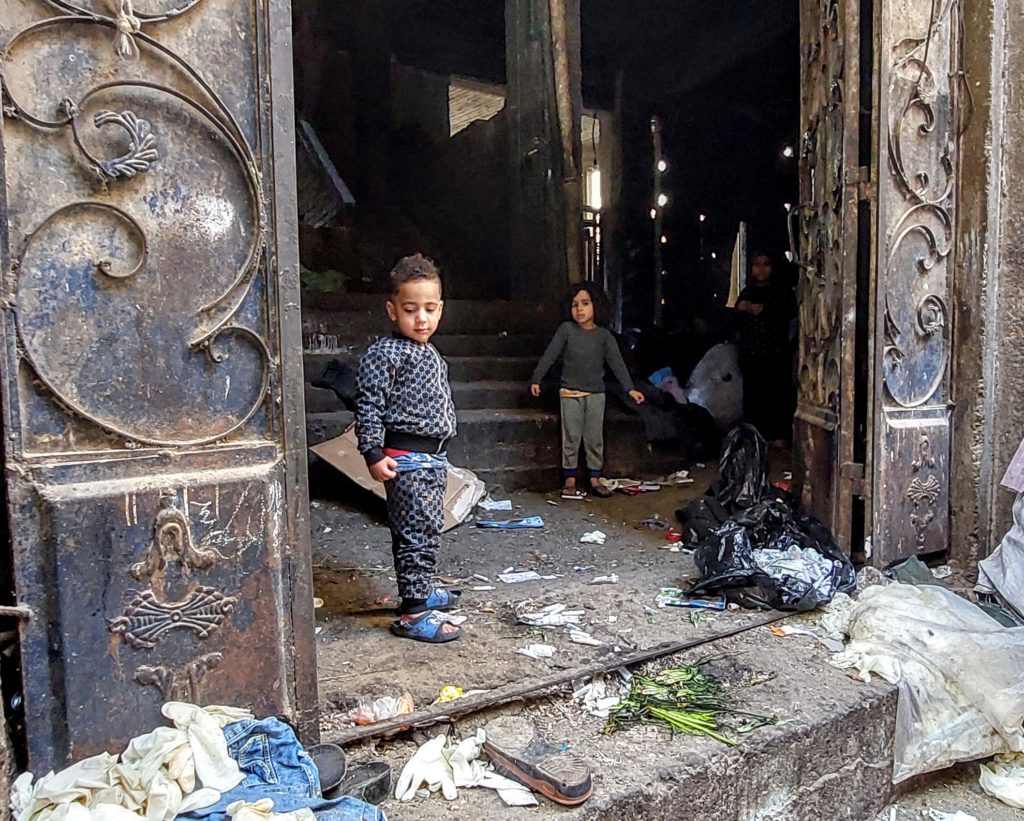
I read about this part of Cairo before even planning my trip and was intrigued with the idea that an urban neighborhood would be almost entirely committed to the business of collecting and recycling municipal solid waste for its economic well-being.
Estimates of its population vary widely. Maged, a guide I hired who lives there said about 90,000 people inhabit about 5.5 square kilometers below the Mottanak mountains on the outskirts Cairo, the vast majority of them Coptic Orthodox Christians.

Only about 1,000 people are Islamic, Maged added. Islam is the predominant religion in Egypt and was established as the official state religion in 1980.
My interest in this unusual, non-pyramid related aspect of Cairo stems from my work in solid waste management for the County of Hawaii a couple of years toward the tail end of my 27-year newspaper career in Hawaii. (Explanation: I was fired from the newspaper in 2005 for performing legally protected union business in the workplace. After seven years in court, with legal help from the Newspaper Guild, I won back my job as a reporter. But during the long battle in court, the mayor of the County of Hawaii hired me to work as his executive assistant and later appointed me deputy director of the Department of Environmental Management. I worked nearly three years in the department where I learned a lot about solid waste management before winning back my job at the newspaper.)
Cairo’s Garbage City is hardly like the guide books and tour operators describe it. It’s certainly gritty, grimy and malodorous like any solid waste recycling center I’ve been to. But that’s the nature of the business, dealing every day with the festering mass of whatever gets thrown away in households and businesses.
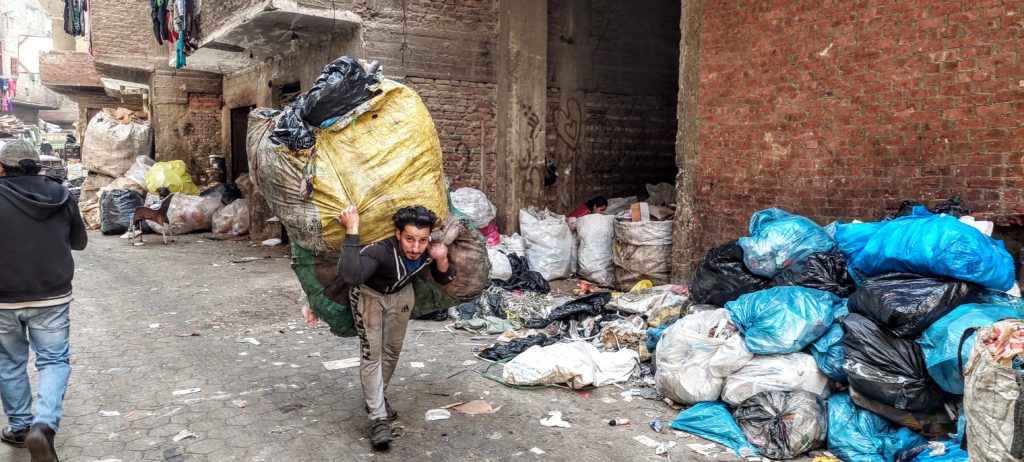
However, guidebooks and even local tour operators paint an uglier picture than how it really is. One locally guided tour in Cairo even refuses to stop and let people out of the van in Garbage City, citing “strong odors and possible disease.” The best they’ll do is drive you through so you can see it while sitting inside the van. It’s ridiculous. There are neighborhoods I’ve walked through in central Cairo over the past few weeks that a visitor might easily mistake for the location of the actual “garbage city.”
If you do go, I’d only advise you to dress down in comfortable clothing, wear sturdy walking shoes, and perhaps don a mask if you’re sensitive to the odors. But walking though Garbage City is really the only good way to experience this unique urban neighborhood.
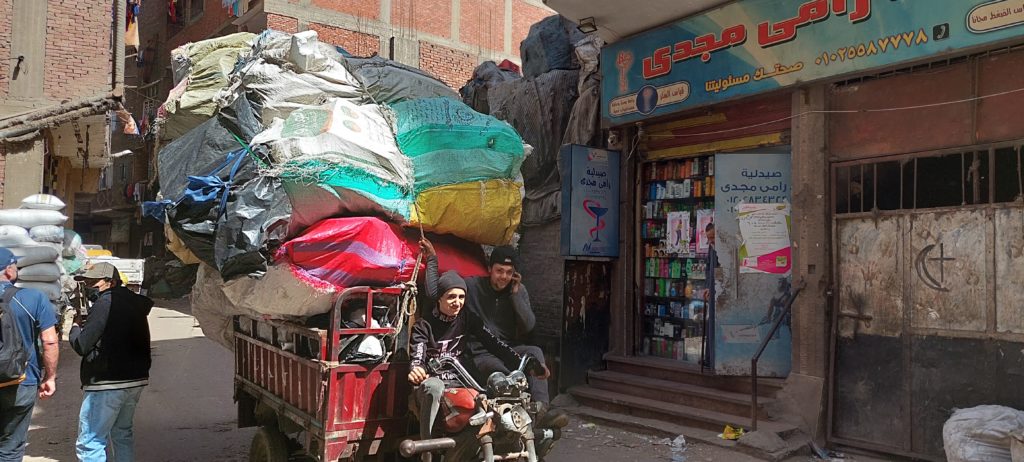
Garbage City also is no more dangerous than any other poor, working class neighborhood in any big city I’ve been to in the last five-plus years on the road, and probably much less so.
Yes, the piles of rubbish and garbage lying around are much bigger and more numerous than what you might find elsewhere. But after all, this is the community’s business and it’s an important one. They collect as much as 85 percent of Cairo’s rubbish, sort it by hand and sell the recyclable materials to processors that make new products of the glass, plastic, cardboard and aluminum that’s taken out of the rubbish piles by hand.
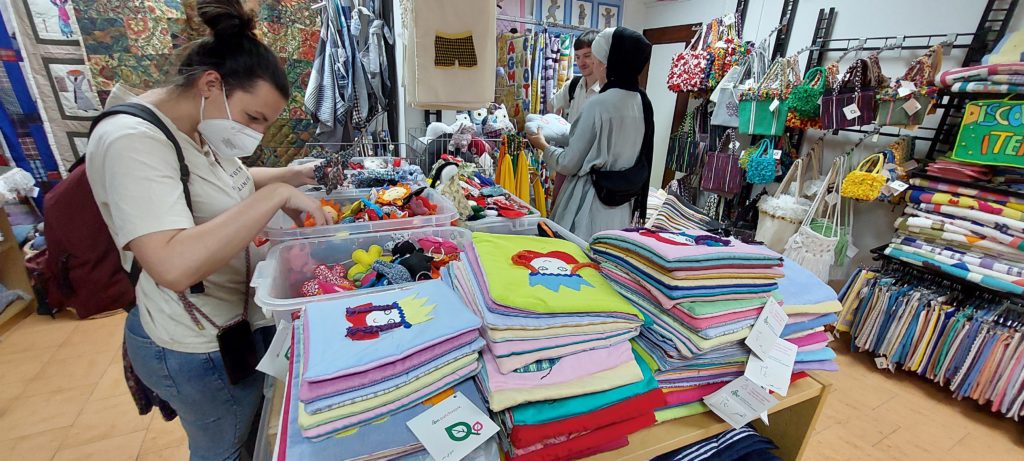
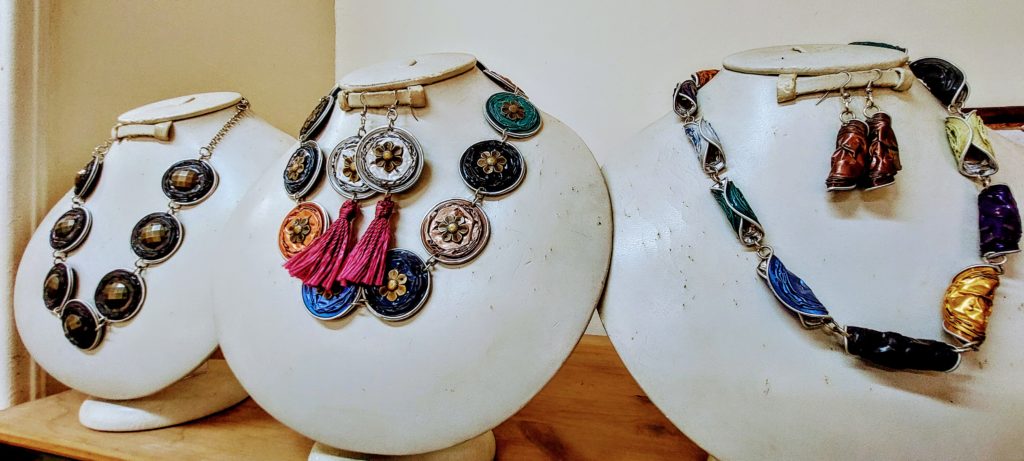
These are obviously industrious people working hard for themselves and their families, carving out a living in a tough business that few want to engage in, serving a noble purpose by collecting and recycling a large part of the mammoth amount of recyclables — most notably plastic waste — that threatens to engulf our planet in unmitigated disaster.
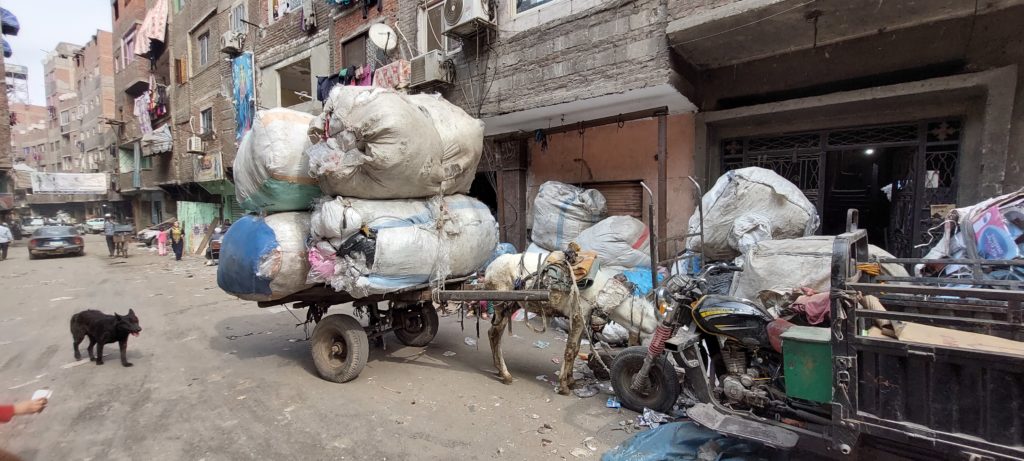
Whereas the recycling industry exists in much of the world, what’s remarkable here is that an entire community is united in its effort to make a living dealing with rubbish, one of any city’s major problems.
As you walk through the busy streets and alley ways you’ll find the workers friendly and welcoming, appearing genuinely pleased to see visitors walking on the streets of Garbage City.
Some of the workers, though, don’t want to be photographed, particularly women engaged in the tedious work of separating by hand the recyclable materials from the common, unrecyclable rubbish, which goes to landfills or more modern, city operated solid waste incinerators.
I suggest you respect the workers wishes and always ask first whether someone working in Garbage City doesn’t want their photo taken.
Who’d Believe I Found A Game of Pool in Garbage City?
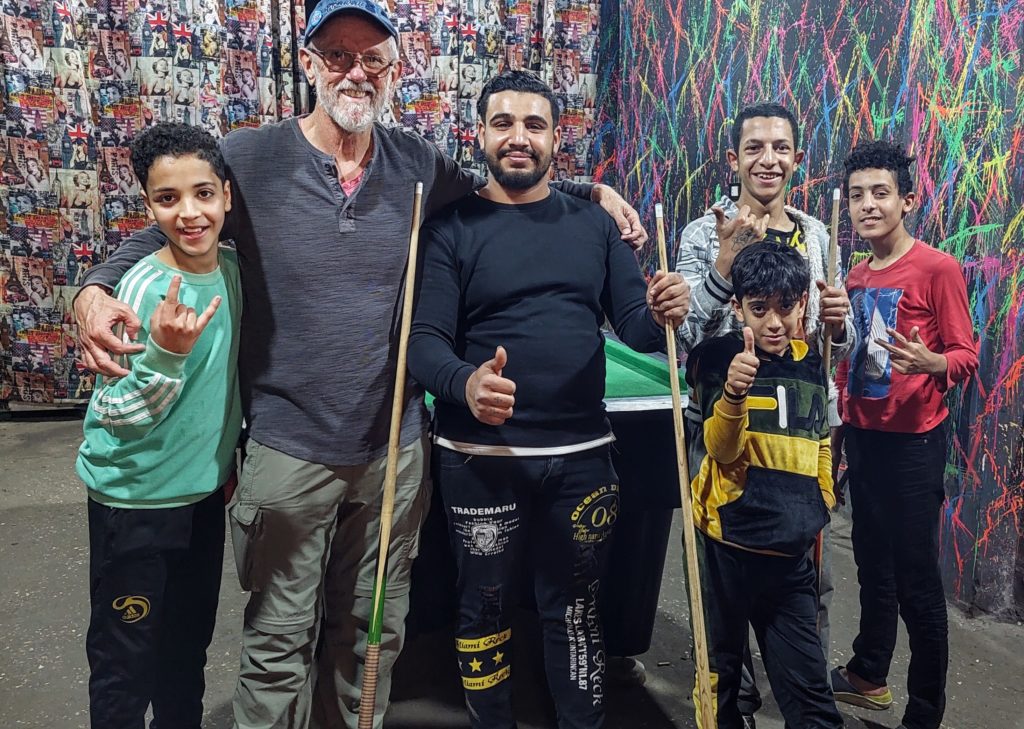
On the way back from my first visit to Garbage City I walked by an open door from which I heard the sound of people playing pool, or billiards, which happens to be a favorite activity of mine that I don’t get much opportunity to engage in on the road.
I walked in and found a fun bunch of kids and a young man playing on the one table in a room not much bigger than the table itself. Colorfully painted walls made it look as though we were enveloped in a four-walled Jackson Pollock painting. As soon as they saw me enter they excitedly invited me to play. Not many tall white foreigners frequented the establishment, I gathered.
I was matched up quickly with their leader and am pleased to report that, even being a little rusty from life on the road, I defeated my worthy opponent to win what may have been the first-ever Egyptian-American International Garbage City Invitational Amateur Billiards Championship! (The trophy’s in the mail, I think.)
These were also some of the friendliest people I’ve met in this neighborhood, where almost everyone returns a smile for a greeting no matter how deep their hands are in the rubbish and food wastes. I got more sincerely felt “Hellos” and “Welcomes” here than anywhere else I’ve been. They are genuinely happy to see that visitors think enough about what they do to make the trip to the outer edge of Cairo proper, to their “city.”
What a fascinating article, David!! How wonderful that these humble people perform this noble task, with seeming pride. I loved reading how they welcome visitors with warmth and good will. And hey, congrats on winning the billiard tournament!!